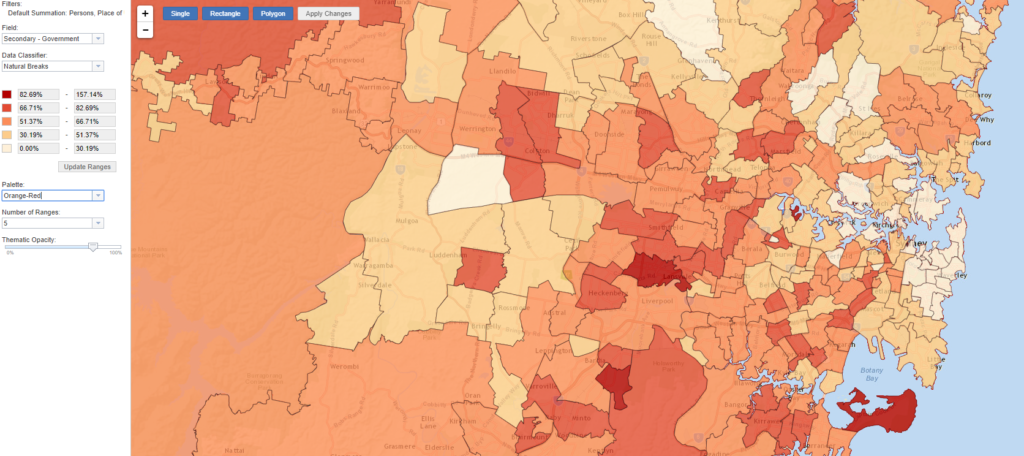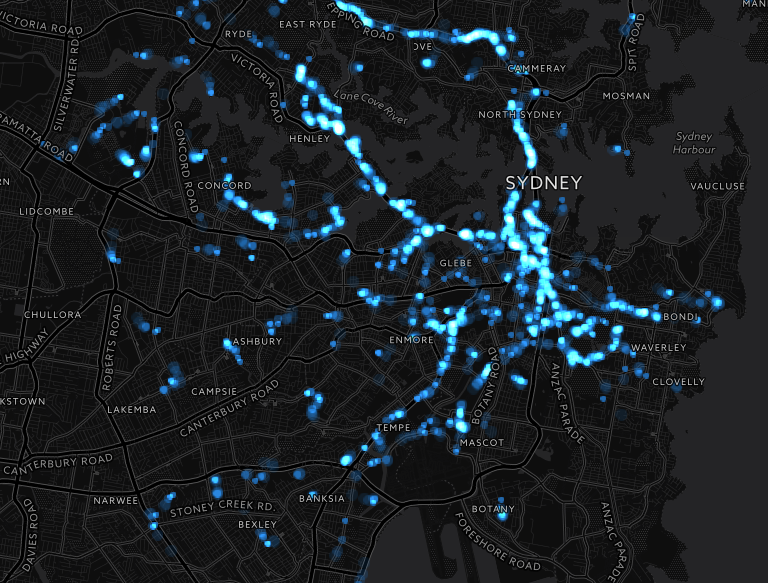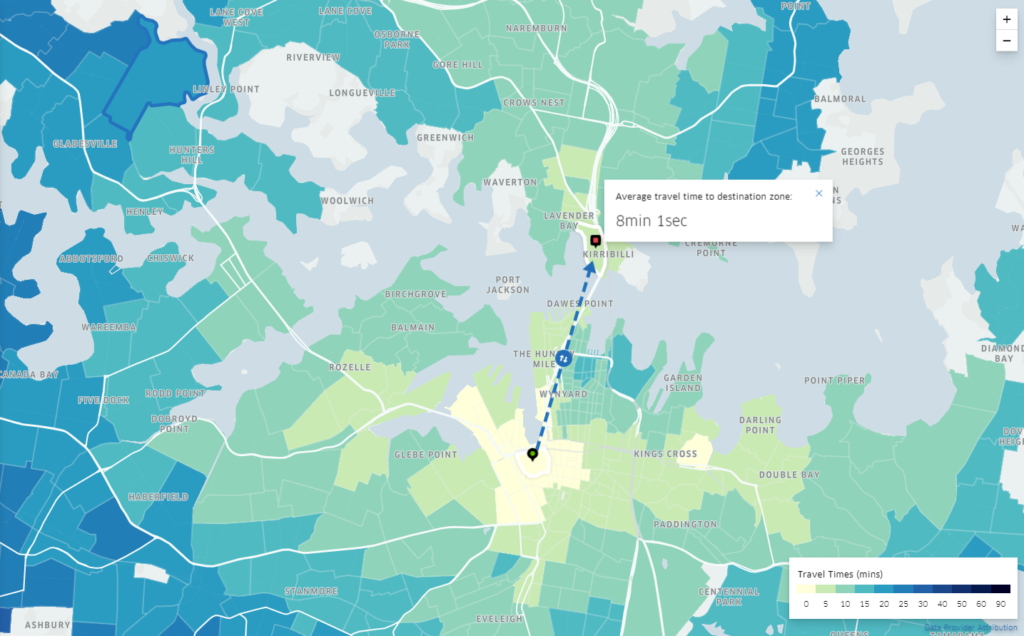When I’m looking for inspiration for a post, I occasionally wander through the ABS website. If you’ve never tried it – have a look! It’s amazing what you can find there. So the Actuaries Digital editorial team asked me when I was going to post about the census. Sadly the ABS’ official release date of 27 June almost exactly coincided with my busiest period at work (our company has a 30 June year end), so I still haven’t had a chance to really play around with 2016 data.
In the meantime, I’ve been playing with a tool that has been around for a while, but I hadn’t seen before – Census table builder. It even has a map visualisation function, which is very easy to use. In line with my previous interest in private and government schools, I’ve made a map of proportion of children who went to government high schools in 2011 (2016 data isn’t fully available yet). You can (for free) pick up all sorts of different statistics about the population, and look at absolute values as well as proportional values, by a variety of different geographical categorisations.

Playing with the very cool map views there led me to a few other cool map views I’ve come across lately.
The University of NSW has been analysing cycling data from people who use Rider log app. The graph below shows the bikes in Sydney at 7pm (on average). It does show the effectiveness of the bike paths – they are so obvious in the map, with cycling deserts also quite obvious. And if you look closely, you can see people riding around Centennial Park, over and over.

And Uber has just released (at Uber Movement) statistics of Sydney travel times, showing travel times at different times and dates, and enabling a whole lot of different ways to analyse them.

This graph shows the average travel time from my work to Kirribilli during the weekday evening peak. Interesting thing for me was that the places that are within 5 minutes of my work included a small part of the eastern suburbs – apparently the cross city tunnel does work in some situations.
What interesting data visualisations have you come across lately?
_____________________________________________________________________________________________________________________
I share the indignation of many of my friends and colleagues at the completely useless Postal Survey into Gay Marriage. HILDA, the most comprehensive longitudinal survey of Australians, reveals that 67% of women and 59% of men agree that homosexual couples should have the same marriage, parenting and employment rights as heterosexual couples. So a survey (if properly conducted to sample all Australians) is unlikely to result in a no outcome.
Unlike most, though, I’m also indignant for the ABS. In an environment when the ABS continues to have big funding cuts every year, surely there was a a better way the ABS could use $122m. In the age of big data, the ABS could be a national treasure. But not if it is distracted running a vote that is a “survey” purely for political reasons and not its core business.

Interesting points re travel insights.
Re the plebiscite: I agree, the ABS does v useful work and as information increases (through apps such as you highlight here) there is a need for more funding rather than less.
However, the point of the plebiscite is for Turnbull to get a mandate from his own party on marriage equality. Turnbull expects to be able to show the Libs that more Australians than not want marriage equality, and that they won’t lose their jobs/seats if they allow it. He is trying to help the cause, and frankly, the way proponents of same sex marriage have contested the $122 million is short-sighted ( and that’s the nicest word I can use).
There has been far more discgraceful waste in many other sectors – even the most cursory of glances at the NBN’s blowouts shows far more shocking waste. There are a hundred other things Australians should be jumping up and down about before $122 million spent trying to advance human rights.
Thanks for expressing your indignation, it is so encouraging to see members of my profession supporting my community (and decrying funding cuts to valuable government institutions – I work at APRA).
I think the other comment got it part right in that this is more about political games than ensuring equality for all. The GLBTIQ community was not short sighted in their opposition to this vote, rather it was however their concerns over the short term impact of this debate that was the major reason to oppose it. Those fears have been realised and fact and truth appear to be the first casualties.
Freedom of speech can be a terrible thing – but it is more terrible not to have it.
Yes there has been an awful amount of vitriol, but that was always going to happen once we started down the path of legalising same sex marriage. Whether we do it via a plebiscite or conscience vote or some other route, the change was always going to open the floodgates of fear and hate.
I think this could end up being $122 million v well spent, notwithstanding the need for greater funding for ABS (and APRA!).
The various state based anti-discrimination laws make it very clear that freedom of speech does not allow vilification, slander, libel, defamation, inciting hatred or bullying. To coin an old phrase “there is no freedom without responsibility” and there are standards that seem to be being ignored, maybe its the regulator in me but I think people need to be reminded of what those standards say.
Yup.
There’s awful rhetoric on both sides – everyone could probably benefit from reminders!
“What interesting data visualisations have you come across lately?”
https://flowingdata.com/2017/07/25/divorce-and-occupation/
Love the actuaries stat in here!